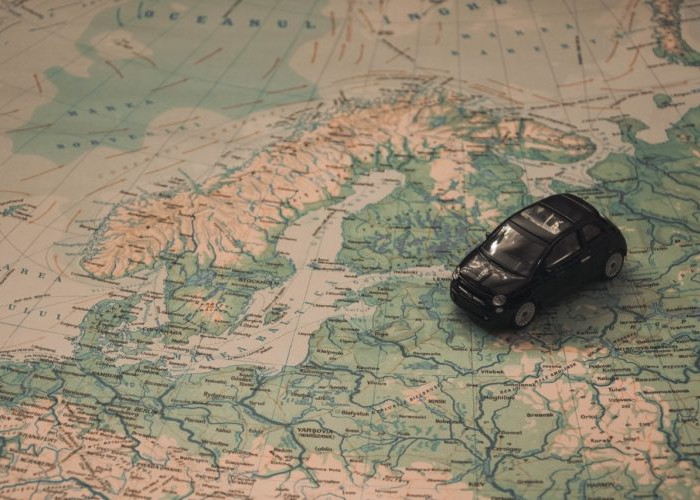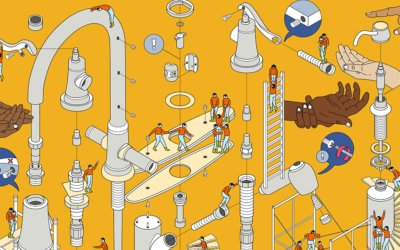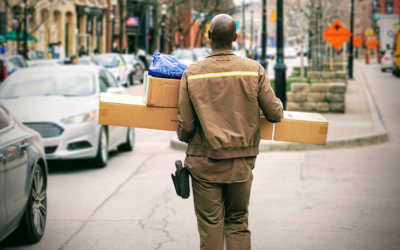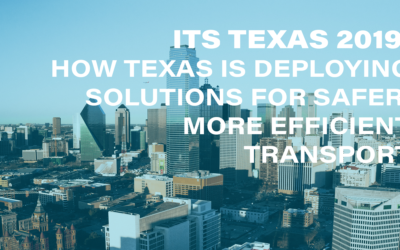City Planners Need More Geospatial Analytics
GIS technology has been is use by government for decades. However, as previously discussed, major changes in technology have made this technology accessible to city departments of all sizes. This opens up more possibilities for city departments to apply location intelligence and geospatial analytics on a much wider scale.
What does this mean in practice? McKinsey’s report, “Transforming cities through GIS technology” cites several specific examples of how geospatial analytics has helped city planners:
Hazards US Tool
Planners in New York City use the Hazards US tool to identify geographic areas and buildings at risk of flooding, as well as the potential economic loss from such damage. This tool can estimate the cost of a storm.
National Library Board of Singapore (NLB)
NLS uses geospatial information to analyze public-library visitorship and book-loan transaction trends. By geocoding millions of transaction records, the board can identify which libraries are being used more often and target new programs for readers.
City of New York
The FRESH program mapped diabetes and obesity rates through the city. The program looked at the correlation between grocery store locations and quality of health and noted a match. This ultimately led to zoning changes to facilitate the creation of more grocery stores in marginalized neighborhoods.
There are other numerous examples as well. By taking a look at geospatial data across department and government lines, large opportunities exist for governments to make better planning decisions at lower costs.
For example, by combining city development data with demographic data and social media sentiment, city governments could pro-actively prevent deterioration of certain neighborhoods by allocating investment ahead of time. With more smart devices being installed every data, cities will have a treasure trove of new geospatial data to analyze and correlate with existing traditional data sets.
This opens up exciting new possibilities for city planners.



